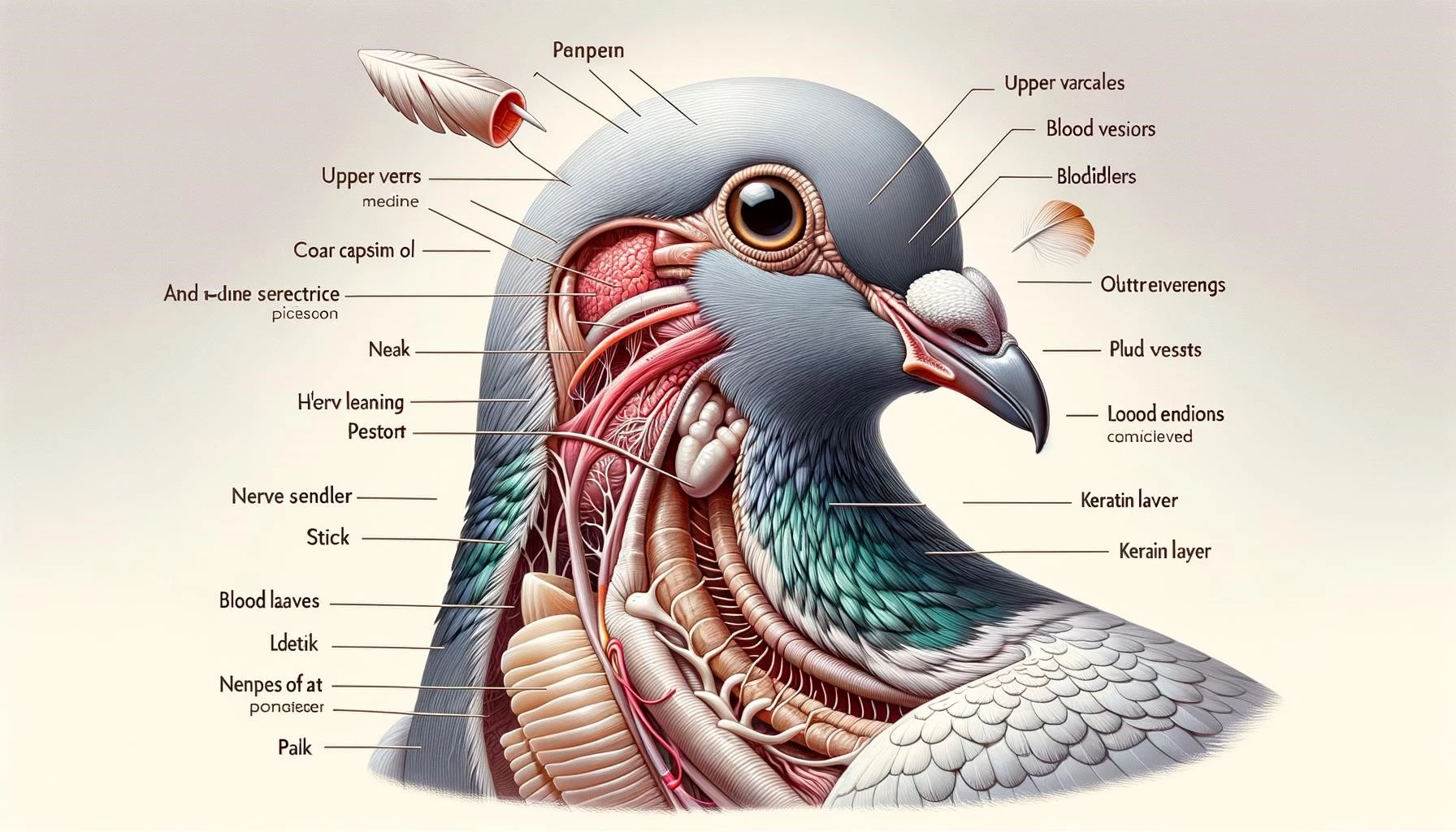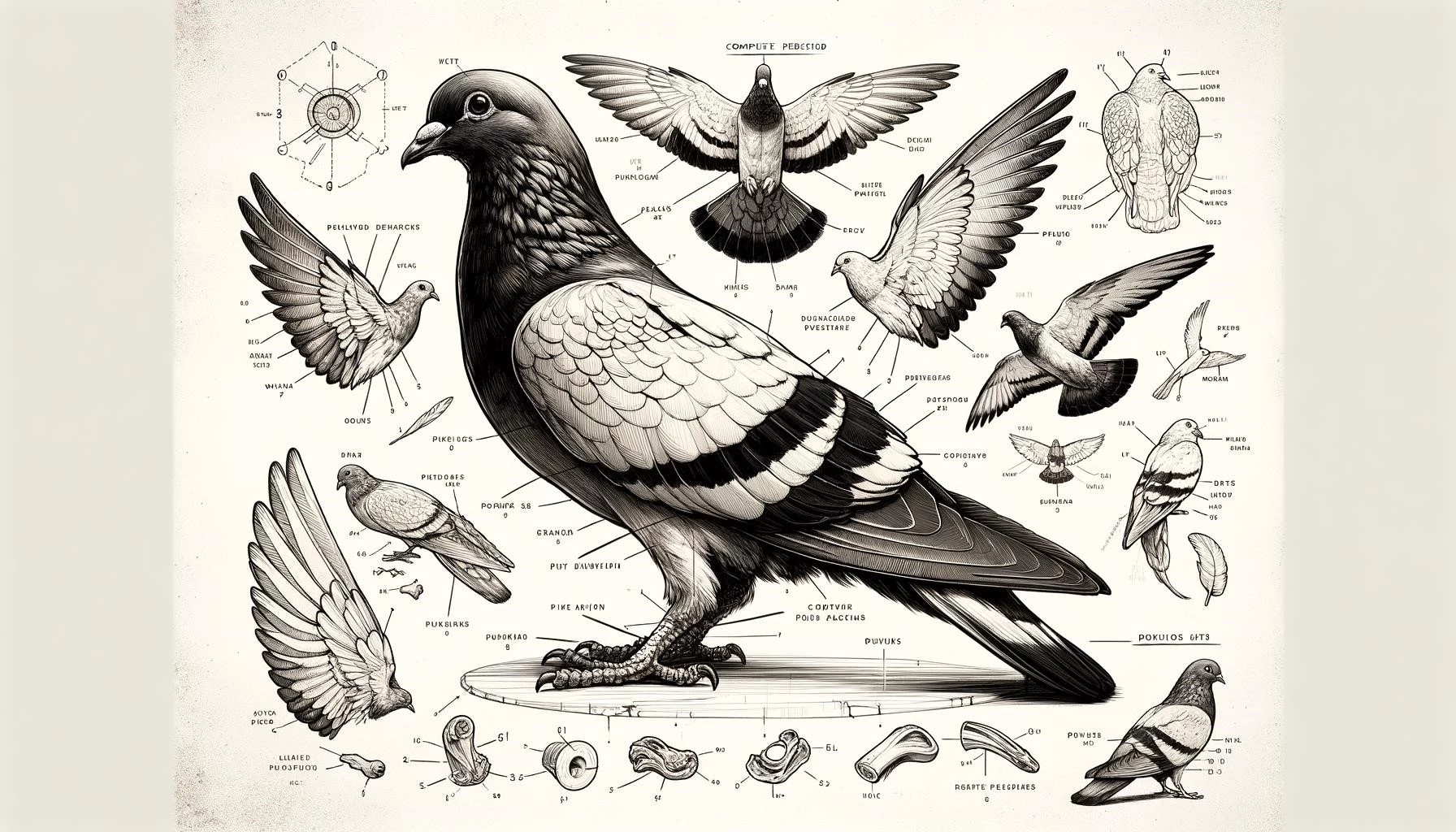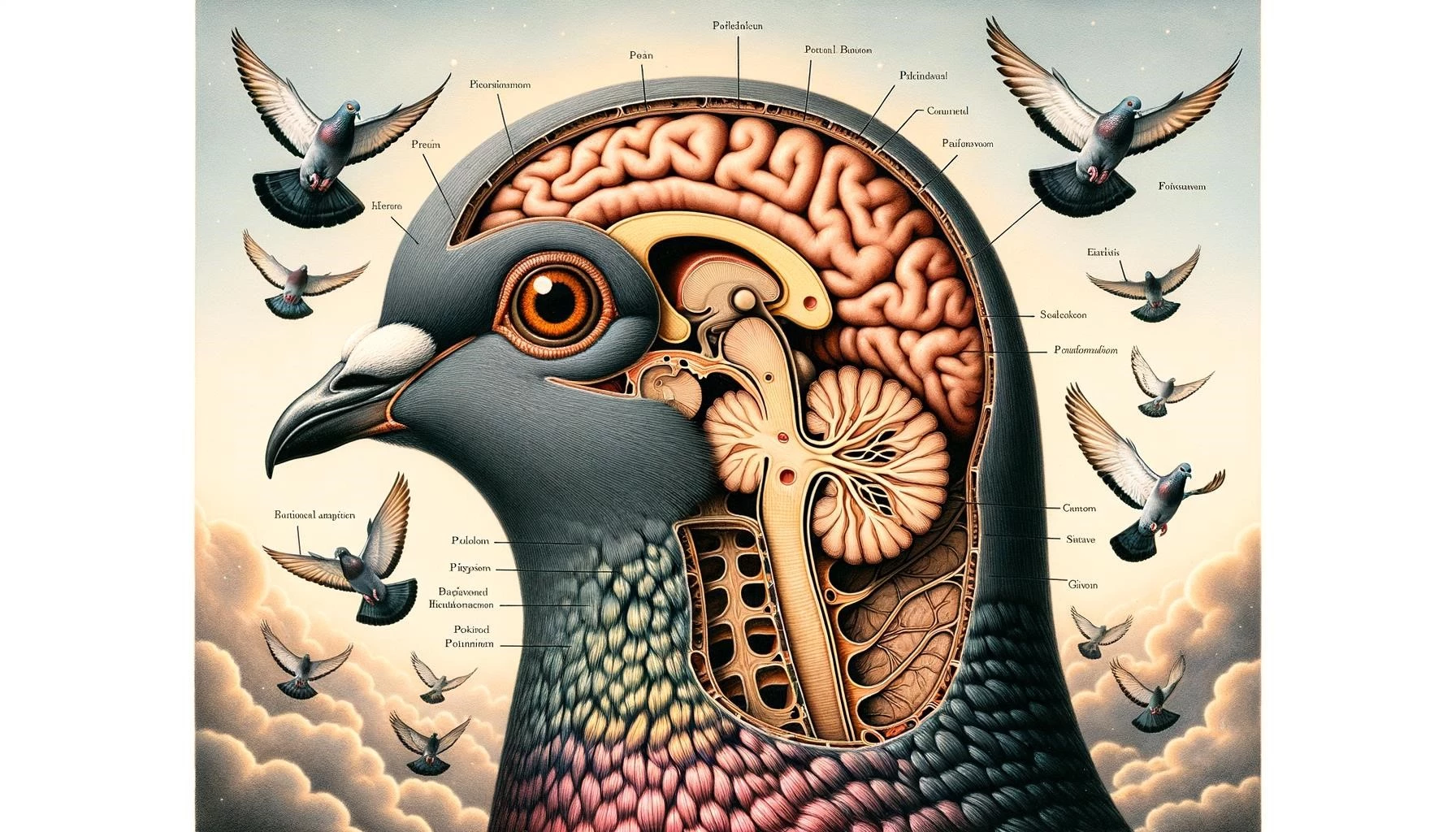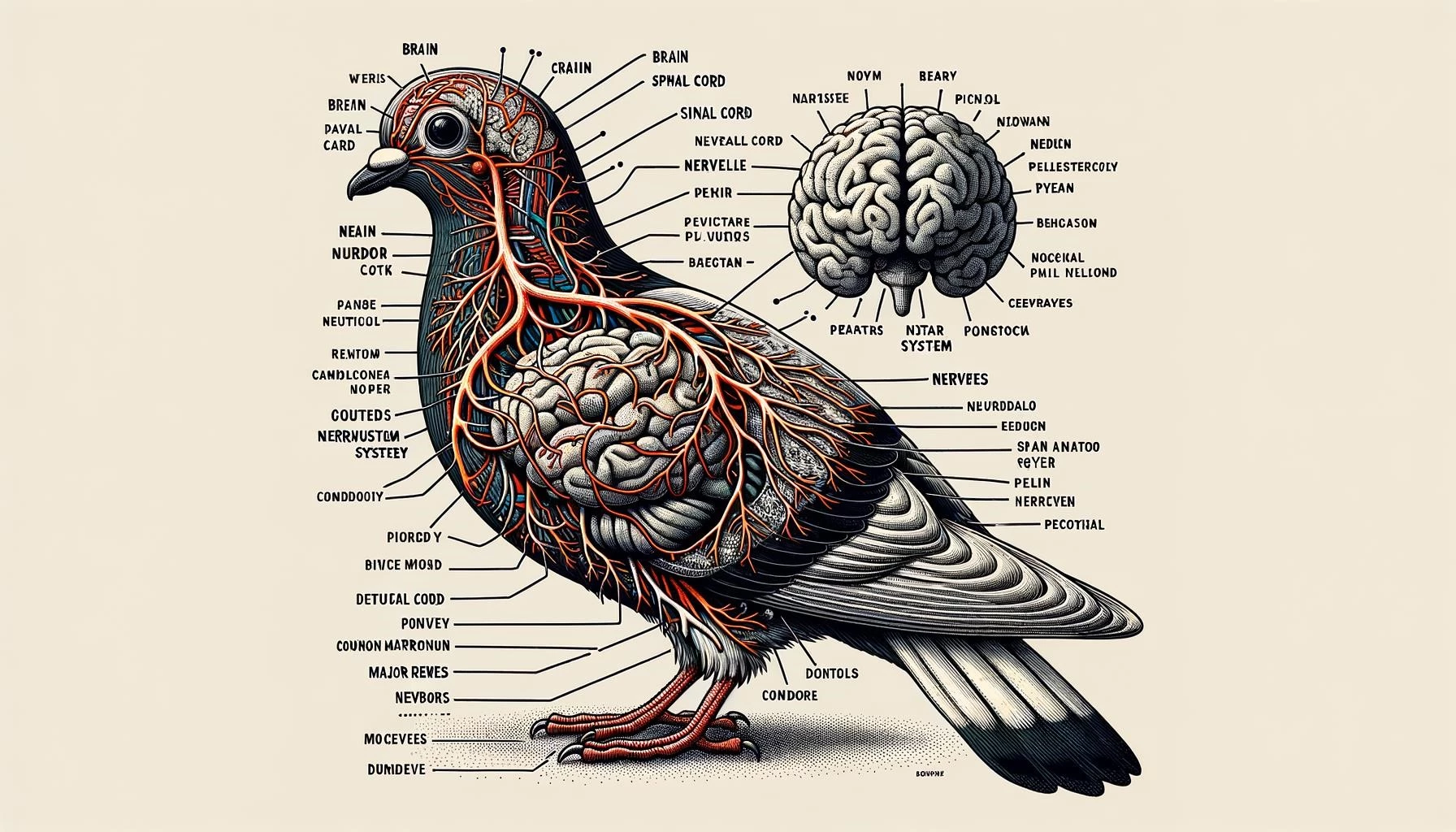The beak, or bill, is an essential structure for birds, including pigeons. It serves various functions, such as feeding, communication, defense, and grooming. Understanding the anatomy of a pigeon’s beak can provide insights into its capabilities and adaptations.
Key Takeaways
- A pigeon’s beak is a specialized structure that helps with feeding, communication, defense, and grooming.
- Pigeon beaks have a unique shape and structure, allowing them to perform specific functions.
- Pigeons have a fleshy cere, which is the area above the beak that protects their nostrils.
- Beak overgrowth is a common issue in pigeons that can affect their ability to eat and groom.
Shape and Structure of Pigeon Beak
The shape and structure of a pigeon’s beak are specialized for its specific needs and diet. Pigeons belong to a group of birds known as granivores, which primarily eat grains and seeds. Therefore, their beaks are adapted for grasping and crushing food. The beak is composed of two main parts: the upper and lower mandibles.
The upper mandible is the top part of the beak and is curved downwards. It is sharp and pointed at the tip, allowing pigeons to pick up small food items and manipulate them. The lower mandible is the bottom part of the beak and is also curved, fitting perfectly with the upper mandible. This curvature helps pigeons hold and break apart seeds and grains.
Both the upper and lower mandibles are covered by a sheath called a rhamphotheca, which is made of keratin, the same material found in human nails. This sheath protects the underlying bone structure of the beak and helps maintain its shape and strength.
The Cere
One distinctive feature of a pigeon’s beak is the fleshy area above it, called the cere. The cere is a small, bulbous structure located just below the pigeon’s eyes. It is often a different color than the rest of the beak and can vary between individuals and species.
The cere has two main functions. Firstly, it protects the nostrils of the pigeon, keeping them moist and preventing them from drying out. Secondly, the cere also plays a role in signaling reproductive status. In male pigeons, the cere becomes more vibrant and vivid in color during the breeding season, signaling their readiness to mate.
Beak Overgrowth and Common Issues
Beak overgrowth is a common problem in pigeons that can impact their ability to eat and groom. When a pigeon’s beak grows excessively, it can become misaligned, making it difficult for the bird to pick up and eat food properly. Additionally, overgrown beaks can prevent pigeons from grooming themselves, leading to poor feather condition.
Beak overgrowth can be caused by various factors, including malnutrition, genetic predisposition, or lack of appropriate chewing material. It is essential for pigeon owners to monitor their birds’ beak length regularly and provide appropriate diet and enrichment to prevent overgrowth.
In summary, a pigeon’s beak is a specialized structure that aids in feeding, communication, defense, and grooming. Its unique shape and structure, along with the presence of the cere, allow pigeons to adapt to their specific needs and environment. Proper care and attention are necessary to ensure that a pigeon’s beak remains healthy and functional.









